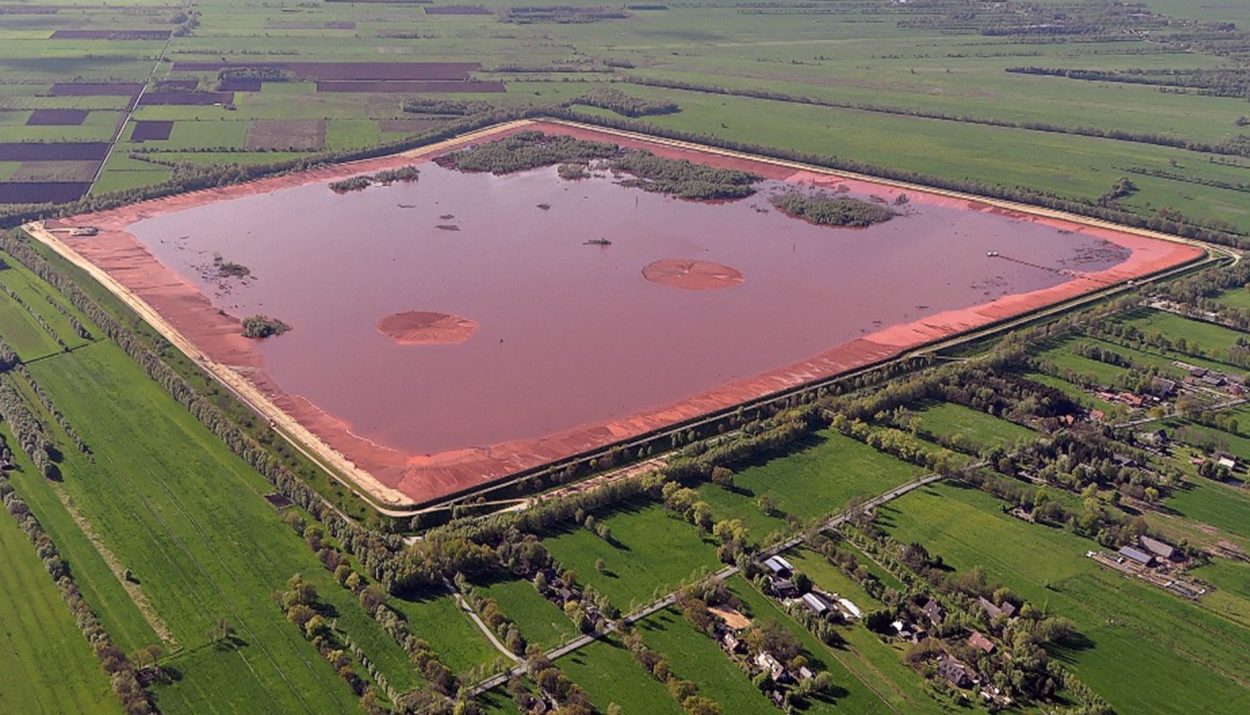Toxic red mud, a byproduct of the aluminum production process, creates an environmental mess that has the potential to contaminate the water supply. But a team of scientists from Germany’s Max-Planck-Institut für Eisenforschung recently used their creative juices to solve this problem.
They have developed a method by which the toxic red mud can be used to create steel. In doing so, they are simultaneously reducing the carbon footprint of the steel industry and finding a practical use for the byproduct of the aluminum process.
The Aluminum Production Process
The production of aluminum involves a multi-step process that requires a lot of fossil fuel energy and produces potentially hazardous byproducts. The process, called the Bayer process after the scientist who developed it, begins with extracting bauxite ore and refining it into alumina. By electrolyzing the alumina during the smelting step, pure aluminum is obtained.

Mining and extracting bauxite leads to habitat destruction and deforestation. The overall production of aluminum consumes a lot of energy and produces greenhouse gas emissions. But that’s not all. The Bayer process leaves behind a byproduct commonly known as red mud.
What Is Red Mud?
When the alumina is leached from bauxite ore, red mud is created as a leftover residue. The high iron content gives it a reddish color, hence its name. But red mud contains more than just iron. It is a complex mixture of minerals, including aluminum, titanium oxide, and rare-earth metals.

Red mud is caustic, toxic, and in some cases, radioactive. If red mud seeps into the soil or groundwater, it poses a substantial risk to humans and wildlife. To dispose of the red mud, it is dried into cakes or bricks and stored in secure warehouses or in landfills.
The Steel Making Process
Like the aluminum production process, the steel making process begins with the raw materials. In this case, it is iron ore. The ore is heated to high temperatures in blast furnaces to refine the iron. Next, other elements are added to the molten iron to strengthen it and create steel.

Also like the aluminum process, steel production uses a tremendous amount of fuel – typically coal or natural gas – to keep the furnace temperature hot enough. The steel industry contributes carbon monoxide and methane gasses to the atmosphere, along with nitrogen oxides and sulfur dioxide.
Germany’s Max-Planck Institute
Founded in 1948, Germany’s Max-Planck-Institut für Eisenforschung, or simply Max-Planck, attracts top scientists and researchers in a variety of fields to its labs and facilities across Germany and around the world. It has earned high accolades for the research and innovations being done there.
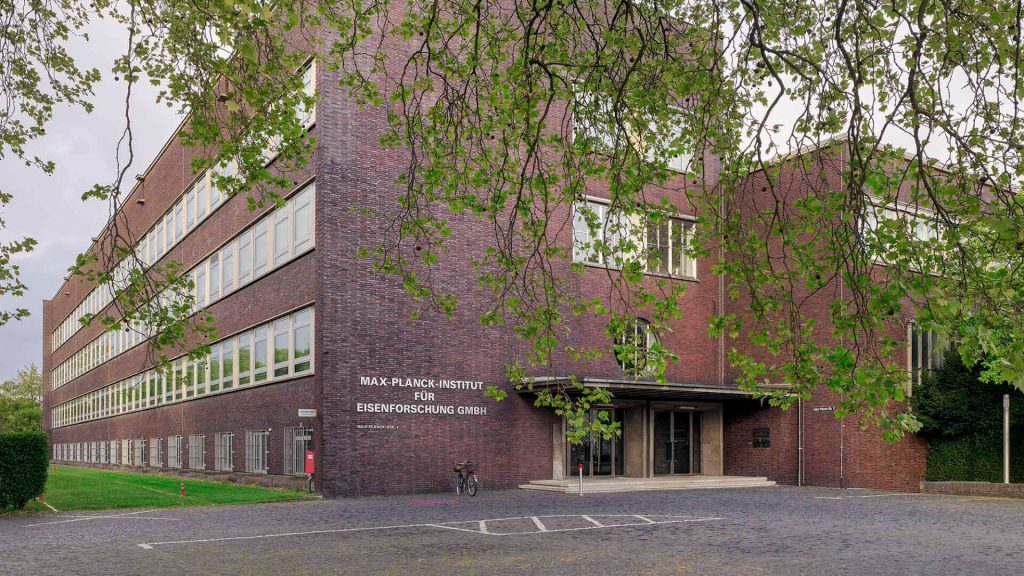
Scientists focusing on chemistry, medicine, biology, geology, physics, ecology, and social sciences work in collaboration to tackle real-world problems and create cutting-edge advancements to help mankind and the planet.
Finding a Productive Use for Red Mud
A team of scientists at the Max-Planck Institute have announced the development of a viable method by which toxic red mud from the aluminum production process can be used to make steel.
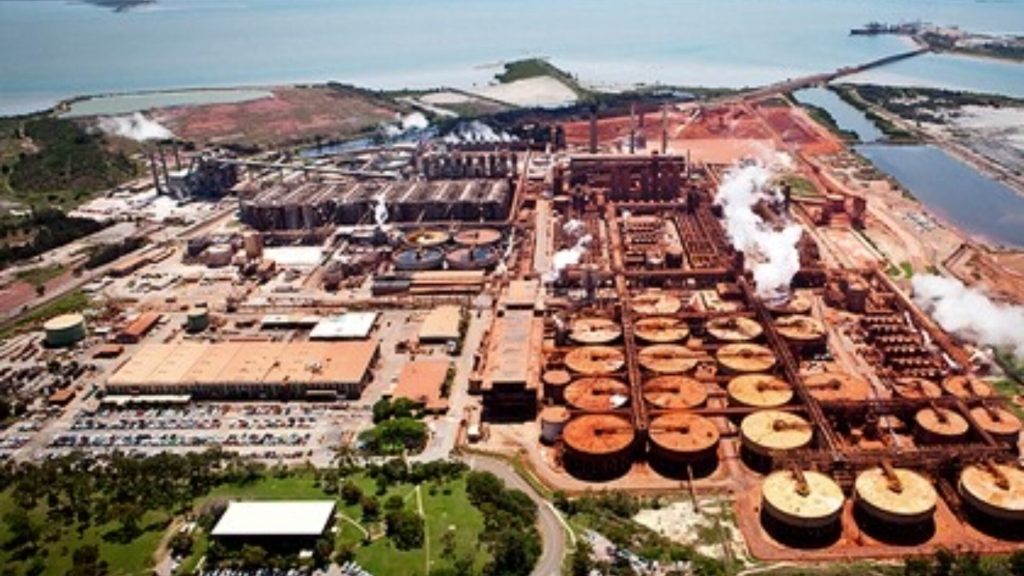
In their recently published report, the scientists explained that their new methods could lead to the production of more than 771 million tons of cleaner steel by using billions of tons of red mud waste that has already been produced.
Plasma Reduction Is the Key
According to the report, the researchers developed a way to use hydrogen plasma reduction to transform the red mud into liquid iron that is ready to be converted into steel. And the process takes only ten minutes.
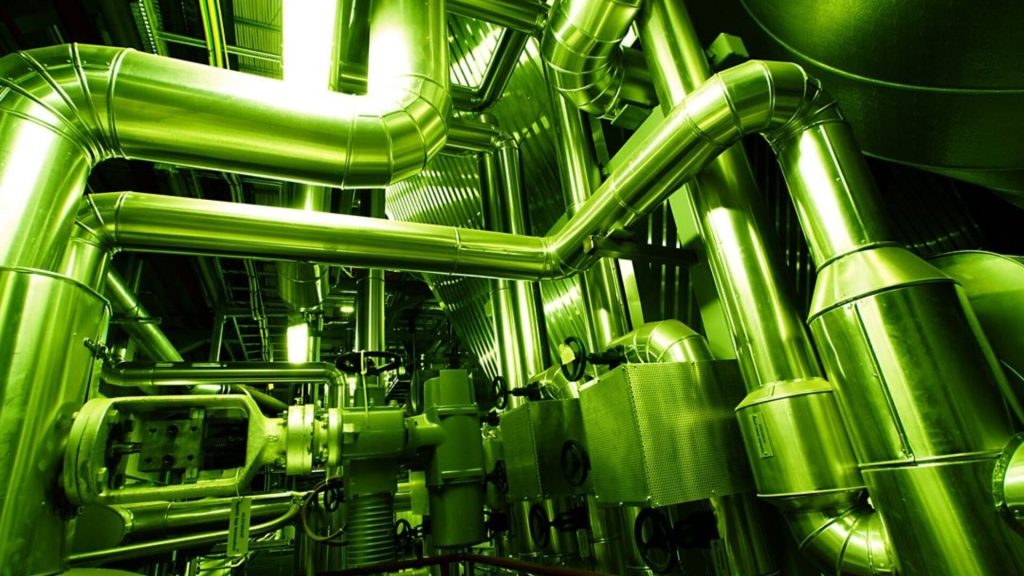
In an electric arc furnace, the iron in the red mud is removed and refined in one step, rather than multiple steps. Since the red mud already contains high amounts of iron and is in a semi-liquid state, the plasma reduction process can be done quickly and in a more environmentally friendly and cost-effective way.
Recycling the Waste and Salvaging Raw Materials
According to the Max-Planck researchers, the red mud byproduct from the aluminum making process – which amounts to about 198 million tons per year – contains up to 60% iron oxide. That is a valuable resource that is going unused.
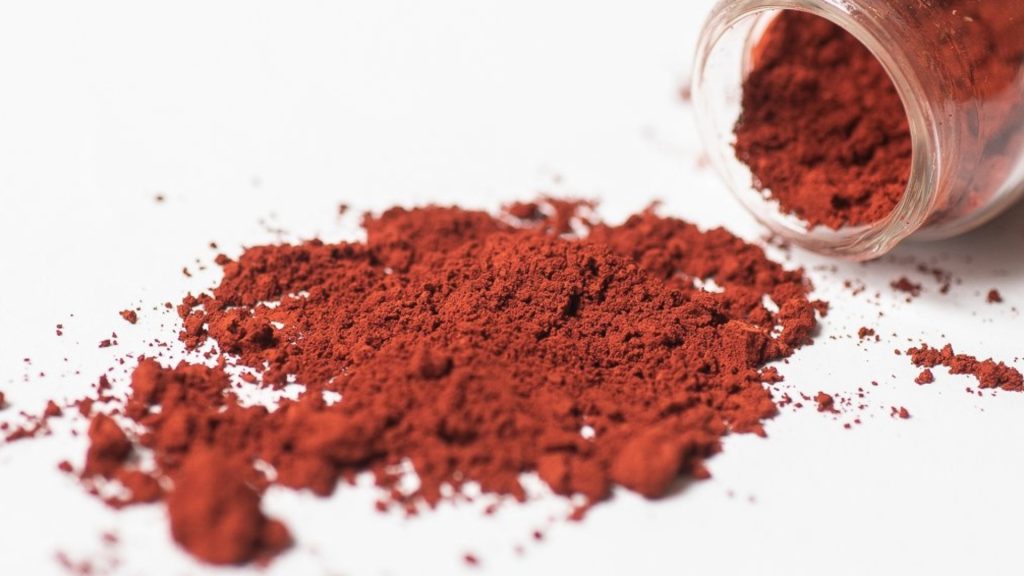
They added that when the red mud is buried in landfills, there is a chance that rainwater will leach the toxic heavy metals into the surrounding soil and groundwater. By recycling the waste product, we can both reduce the risk of environmental contamination and ensure that the iron oxide is put to good use.
Solving Two Problems at Once
According to Matic Jovičevič-Klug, one of the key researchers on the project, “Our process could simultaneously solve the waste problem of aluminum production and improve the steel industry’s carbon footprint.”

He noted that pollution from the steel industry is responsible for about 8% of the total atmospheric carbon pollution worldwide. Air pollution, he added, negatively impacts human health. Pollutants in the air have been linked to increased cases of cancer, heart disease, and dementia.
“Recyclable Byproducts and No Air Pollution”
By utilizing the Max-Planck method of green hydrogen plasma reduction, the steel making process results in “recyclable byproducts and no air pollution,” a tremendous improvement over the current method.
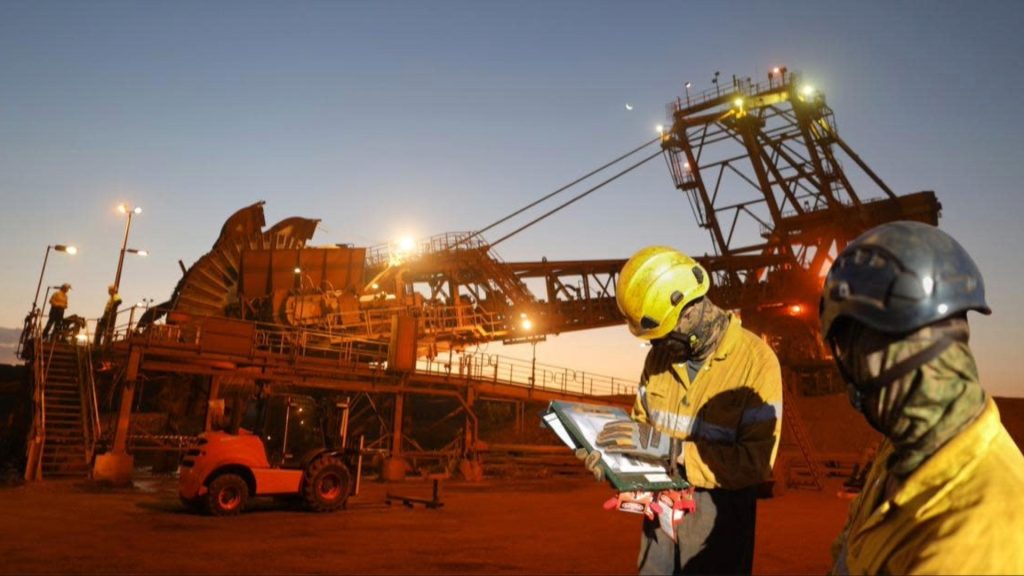
Isnaldi Souza, the group leader of the research team, explained, “If green hydrogen could be used to produce iron from the [4.4 billion tons] of red mud that have been generated in global aluminum production to date, the steel industry could save almost [1.6 billion tons] of CO2.”
Aluminum Is Big Business
According to data collected by Statista, the aluminum market was a $150 billion industry in 2020. By the year 2027, it is expected to reach $210 billion. The majority of aluminum is used as construction materials or in the packaging industry.

Through their extensive research and development, the scientists on the Max-Planck team have proven that their new green hydrogen plasma reduction method is more economically advantageous and environmentally friendly.
Easy to Integrate
Dierk Raabe, the lab director on the project, stated, “It was important for us to also consider economic aspects in our study.” He noted that the newly developed technique can be easily integrated into current aluminum production facilities.
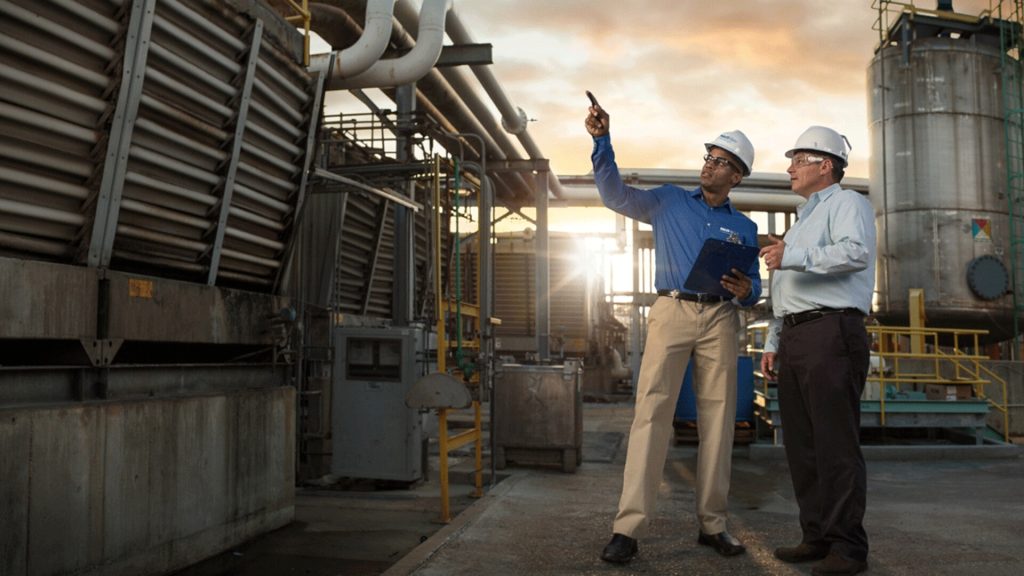
Most steel production plants already have much of the necessary equipment. Raabe added, “Now, it is up to the industry to decide whether it will utilize the plasma reduction of red mud to iron.”

